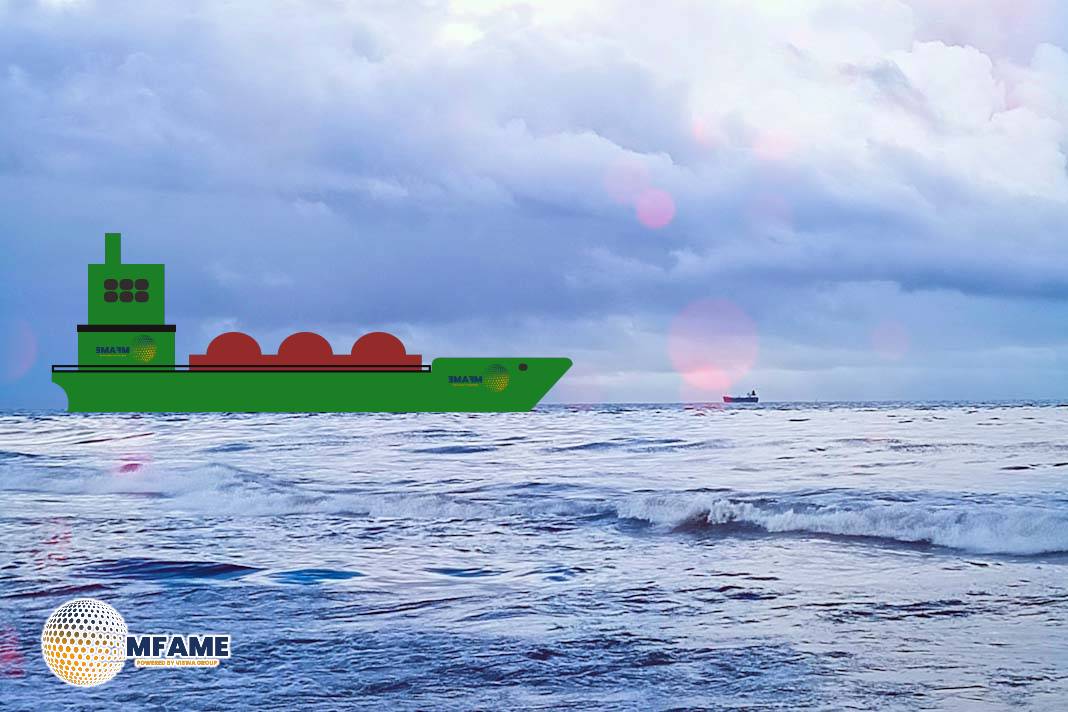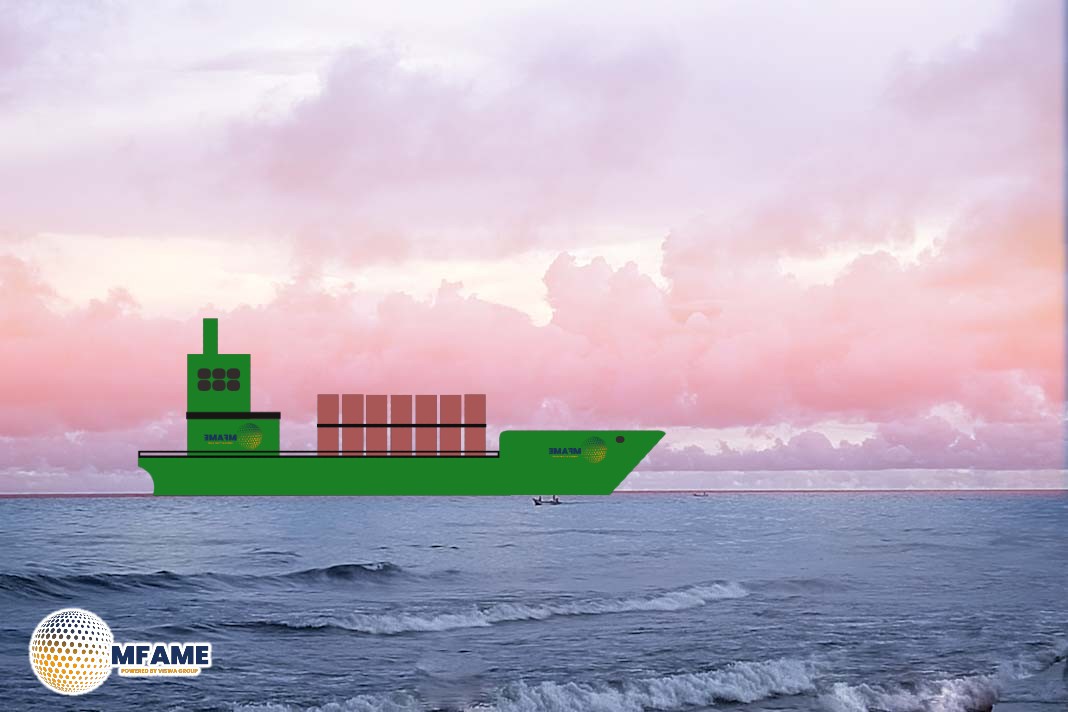- The International Maritime Organization (IMO) has confirmed the role of the methane pathway, including LNG, in reducing greenhouse gas emissions in shipping.
- The IMO’s decision provides confidence for ship owners to invest in LNG-dual fuel engine technologies, ensuring a practical and scalable approach to decarbonisation.
- The new framework is expected to stimulate the development of liquefied biomethane and e-methane, promoting cleaner fuel options in the maritime industry.
SEA-LNG expressed support on the agreement reached by the IMO and its delegates on a regulatory framework for GHG emissions reductions and highlights that this move enables all fuel pathways to compete on the same level.
Regulatory framework for GHG emissions reductions
SEA-LNG on a statement pointed out that the IMO has held firm to its principles of goal-based, technology neutral regulation. While many details need to be decided, this provides a clear decarbonisation framework for the global shipping industry and will enable all fuel pathways, be they methane (LNG), methanol or ammonia, to compete on a level playing field.
SEA-LNG had expressed disappointment ahead of the IMO meetings in London, that a limited number of stakeholders had sought to undermine the progress already made at the IMO by proposing a differential treatment of LNG and other low-emission options within the proposed GHG Fuel Standard mechanism.
The framework, assuming it is adopted in October, means that ship owners can confidently continue to invest in LNG-dual fuel engine technologies, secure in the knowledge that the LNG, or more accurately, methane pathway to decarbonisation is recognised by the IMO. A pathway that is practical, realistic, scalable and low cost compared with those offered by other alternative marine fuels,” SEA-LNG highlights.
Critically, on the supply side, the proposed regulations will further incentivise the growth in liquefied biomethane bunkering and catalyse additional investments in e-methane.
Did you subscribe to our daily Newsletter?
It’s Free Click here to Subscribe!
Source: Sea-LNG
















